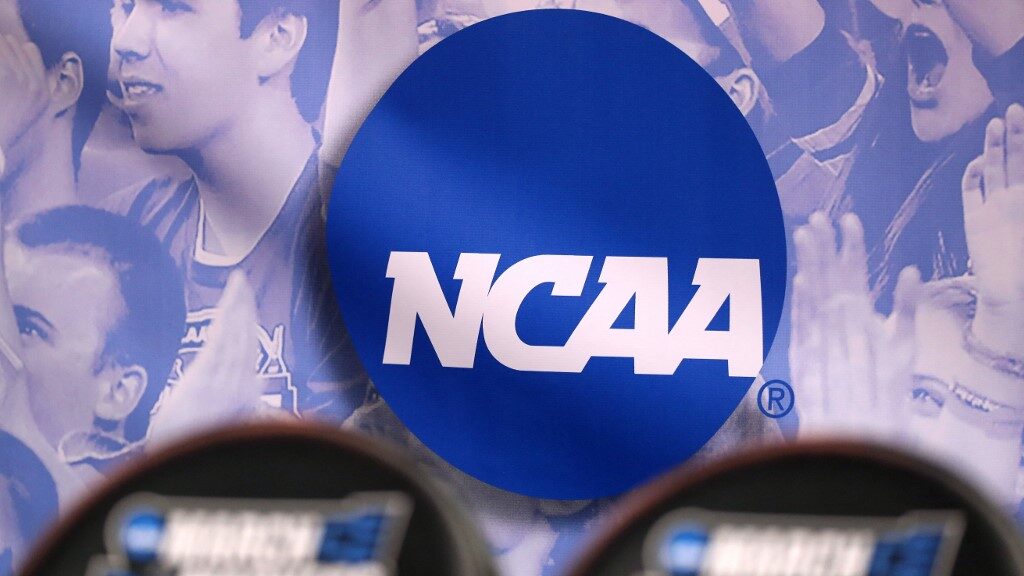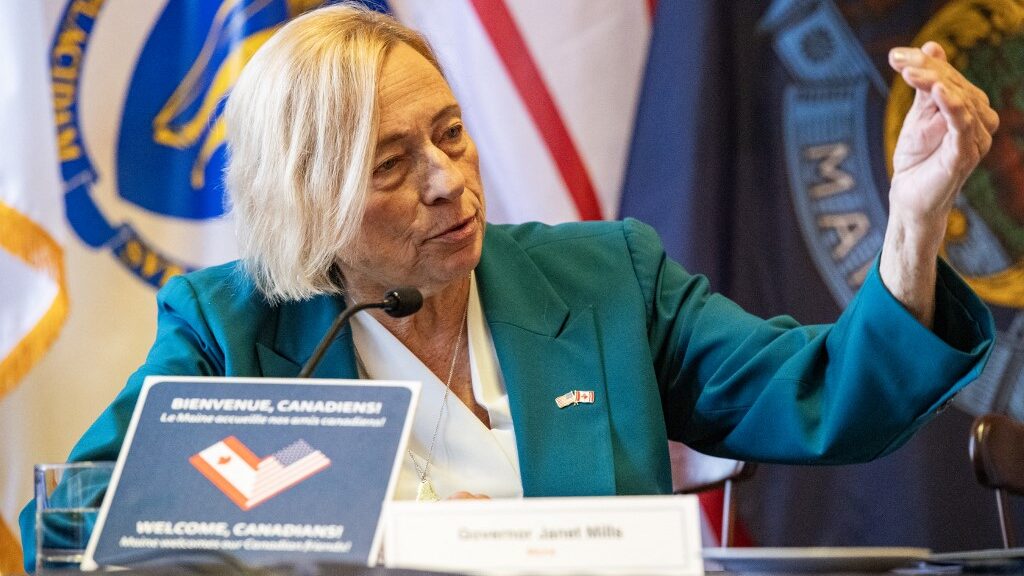
A recent study related to U.S. sports betting revealed that college-age people are participating, but the data is scattered as to what constitutes a problem, versus responsible gambling.
Survey Parameters
There is an old saying that if you torture the numbers long enough, they will confess to just about anything and that’s the gist of the story when it comes to college-age kids betting on sports and sports-related events.
A recent survey commissioned by the NCAA revealed a rather shocking conclusion that 67% of those college-age students bet on sports. But while that might be technically accurate, it doesn’t paint a true picture based on the data.
Before we move on, let’s check the parameters of the survey generated by Opinion Diagnostics, the firm commissioned by the NCAA to conduct the study.
“Results were weighted using a sum-of-the-parts iterative proportional fitting process to first match the known gender, ethnicity, and educational attainment attributes of 18-22-year-old adults within each of the four U.S. Census-designated regions, and then to give each region its correct relative weight.
“The weighting model was created using data sourced from the U.S. Census Bureau American Community Survey 2021 public use microdata. The sample size is n=3,527 individuals, and the survey has a credibility interval of ±1.6%.”
Compensation and Selection Criteria
The young people surveyed were all compensated and answered via an online questionnaire, but here’s where it gets a bit murky. Those who were selected to participate in exchange for remuneration had been deemed “bettors” by the following definition:
- Once a year or less frequently 21.9%
- A few times a year 35.7%
- Monthly 15.2%
- A few times a month 13.3%
- A few times a week 9.9%
- Daily 4.0%
What Do the Numbers Tell Us?
If we review the data above, we can see that only 4% of those 18–22-year-olds surveyed bet on a daily basis. We should also note that 79% of typical bets are between $1 and $50. And if we are getting to the heart of the matter, problem gambling in young people, the survey identified three hallmarks of possible problem gambling.
- Betting either a few times a week or daily (13.9% of total respondents).
- Betting $50 or more in a typical wager (17.2% of total respondents).
- Losing more than $500 betting on sports in a single day (5.8% of total respondents).
The survey reveals that 16% of those respondents answered yes to at least one of the criteria but it does not tell us how many answered yes to two or all three.
Some of the risky behaviors found in the survey tell us the following;
- Majorities of these higher-risk gamblers are engaging in three or more betting activities, and more than half are using mobile apps to bet as well as play daily fantasy sports.
- Higher-risk gamblers use a wider variety of bet types and bet on a larger number of sports, leagues, and events than their peers.
Gambling Regulation and Its Impact
Lastly, it doesn’t seem to matter whether or not gambling is regulated and licensed because the study shows that, “Respondents living in areas where betting is legal versus those in areas where betting is illegal to report taking part in each sports betting activity at nearly the same rate.”
Problem gambling affects 1-3% of the U.S. population and it would only be logical that the more mainstream sports betting and other forms of gambling become, the greater number of problem gamblers we will see but not necessarily will there be an increase in the percentage of that demographic.
Yet, the flip side of that coin is that the overwhelming majority of those new to sports betting will never be classified as problem gamblers but rather recreational bettors who discovered a new and enjoyable hobby.













